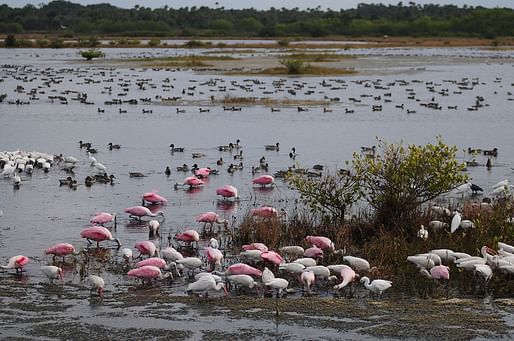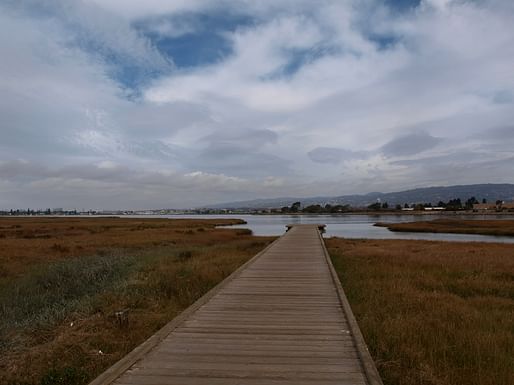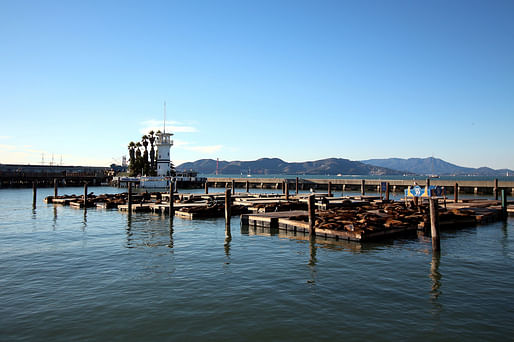
San Francisco is one of the many cities in the U.S. threatened by climate change. Scientific projections predict that sea level rise is likely to push tides upwards with accelerating force in the coming decades and a 2012 study estimated that the average high tide within San Francisco Bay could be 66 inches higher by 2100.
Seeking to face the threat of rising sea levels head on, a group of community, industry and government leaders have launched a new competition in the Bay Area that seeks to restore shoreline resiliency, the phrase encompassing techniques that resist rising tides while at the same time providing ecological benefits. Think approaches like planting natural buffers such as eelgrass, which help absorb the shock of storm surges as oceans rise—a challenge that hard structures can't easily meet—while also luring water bugs, fish, birds, and shell reefs that support native oysters.

Over the weekend, the competition Resilient by Design announced the ten multi-disciplinary teams tasked with figuring out how the region can deal with higher tides that are forecast as the Earth warms. The list includes several teams with star wattage such as BIG, MVRDV and James Corner Field Operations, the latter best-known for their work on NY's High Line.
Modeled by work on the New York and New Jersey coasts after 2012's Hurricane Sandy, teams will be given up to $250,000 to research ($100,000) and design ($150,000) adaptation strategies for 10 distinct locations along the edge of the bay. Members of each selected team are spending this week at scientific presentations, community meetings and site visits to a half dozen or so locations along the East Bay shoreline. There will be similar excursions this fall to other large sections of the bay. In December, teams will be assigned their specific site.

The 10 selected design teams are:
The teams vary in scope and focus, as to offer up a variety of approaches and solutions. Home Team, for example, comprised of the architectural firm Mithun and a number of nonprofit housing developers, stresses the need to adapt low-income communities to environmental threats while another, Public Sediment, emphasizes ecological infrastructure.

Looking for responses that aren't just visually cool, but scientifically and economically achievable, Resilient by Design places a strong focus on feasibility. Those behind the competition are hoping the research and designs that will come out it can allow planners and politicians to craft adaptation strategies that get ahead of events.
If not already, the headlines of the past few weeks regarding hurricanes along the coast, flooding in the South, and wild fires across Western States, have made abundantly clear that the threat of global warming is one of the biggest challenges facing our nation. Another thing made abundantly clear by recent events: planning for these threats is astronomically more effective than paying out once disaster strikes.
2 Comments
Can we all talk about how BIG just used GoT Lego figures as a firm logo?
no clue, other than bjarke's ego to ascribe everything danish as himself. these figures are not lego btw, some got fan made them.
Block this user
Are you sure you want to block this user and hide all related comments throughout the site?
Archinect
This is your first comment on Archinect. Your comment will be visible once approved.